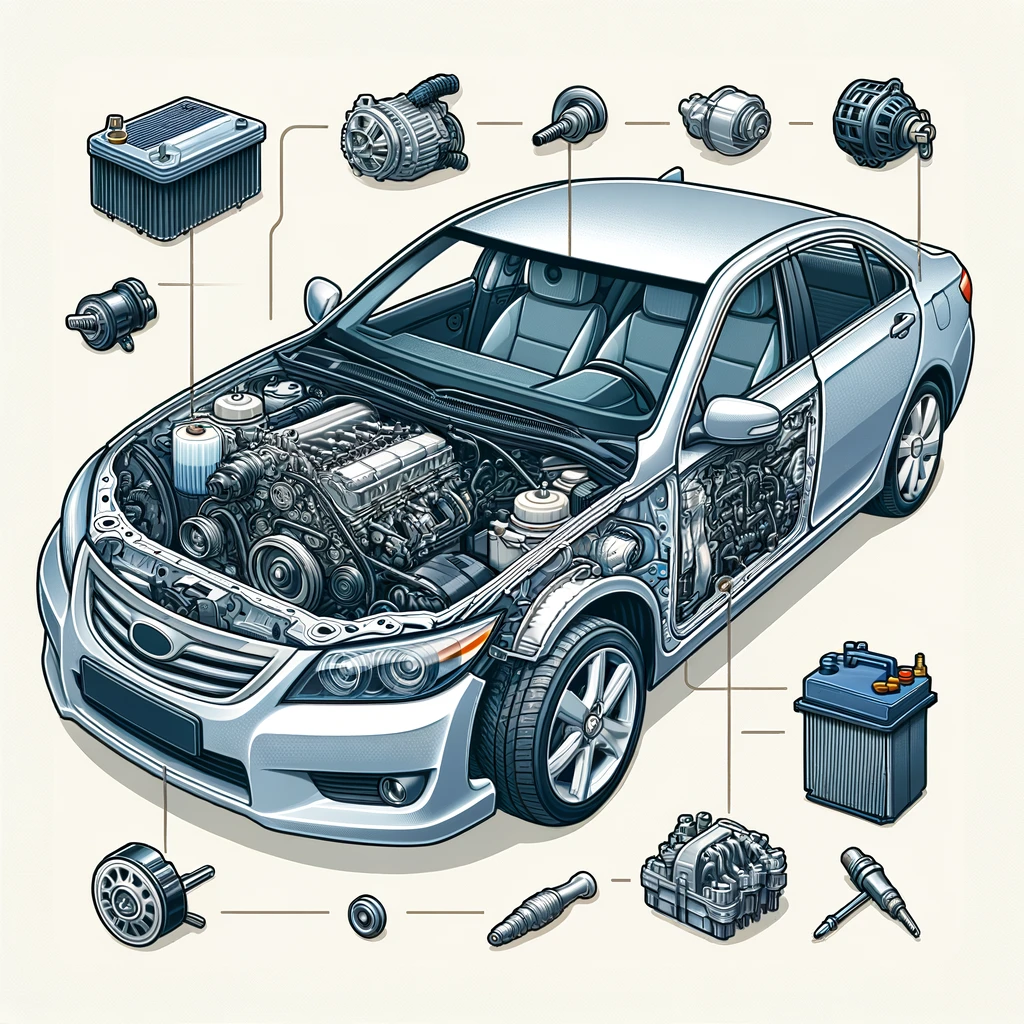
As a car owner, it's empowering to know a bit about your vehicle's engine. Understanding these parts not only demystifies how your car functions but also boosts your confidence in maintaining and servicing it. So, what exactly are these external engine parts? Let's embark on a journey to explore them and learn how this knowledge can help you in your car's upkeep.
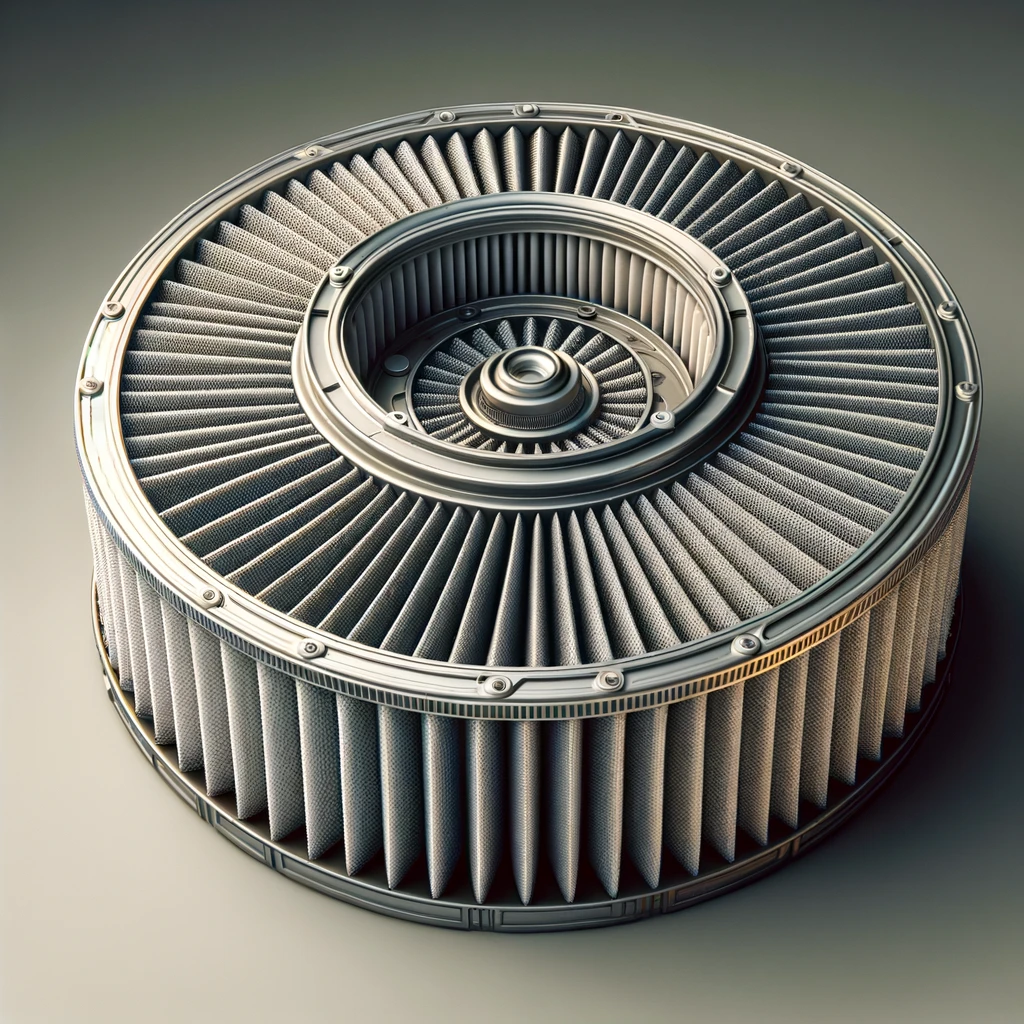 Air Filter This essential component purifies the air entering your engine, trapping dust and dirt while ensuring optimal air flow. Think of it as the engine's lungs, crucial for its clean and efficient operation.
Air Filter This essential component purifies the air entering your engine, trapping dust and dirt while ensuring optimal air flow. Think of it as the engine's lungs, crucial for its clean and efficient operation.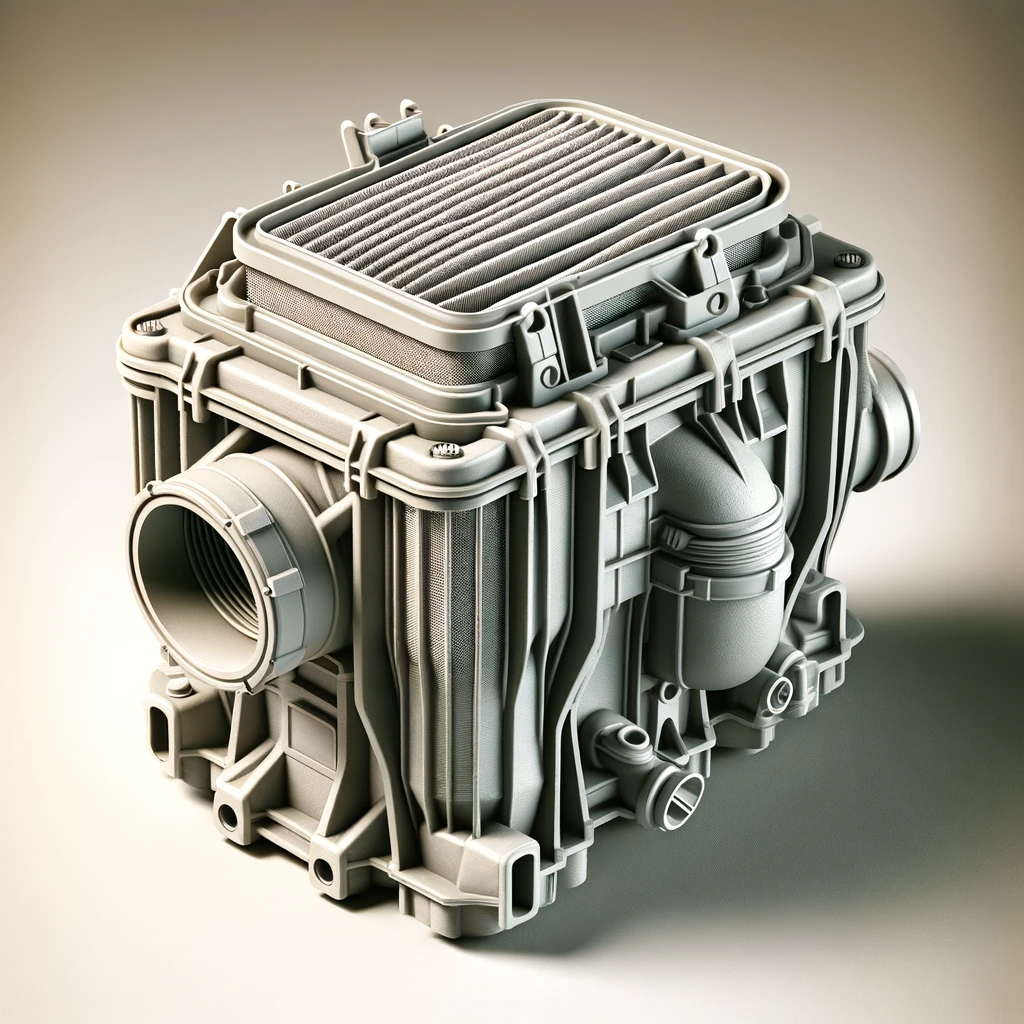 Air Filter Housing Also known as the 'air box', it's the protective shell around the air filter, safeguarding it from external contaminants and ensuring that only clean, filtered air reaches the engine.
Air Filter Housing Also known as the 'air box', it's the protective shell around the air filter, safeguarding it from external contaminants and ensuring that only clean, filtered air reaches the engine.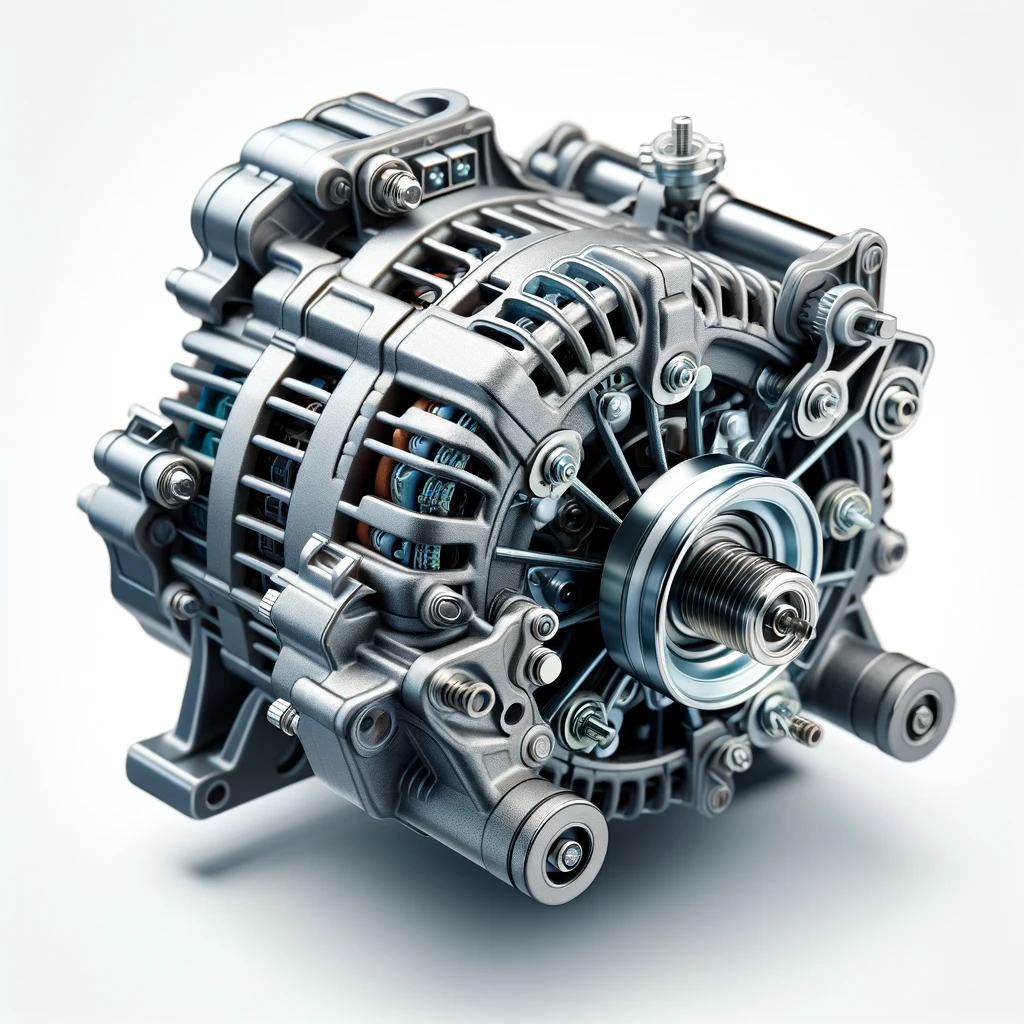 Alternator This is the engine's charger. It converts mechanical energy into electrical energy, powering your car's electrical systems and keeping the battery charged.
Alternator This is the engine's charger. It converts mechanical energy into electrical energy, powering your car's electrical systems and keeping the battery charged.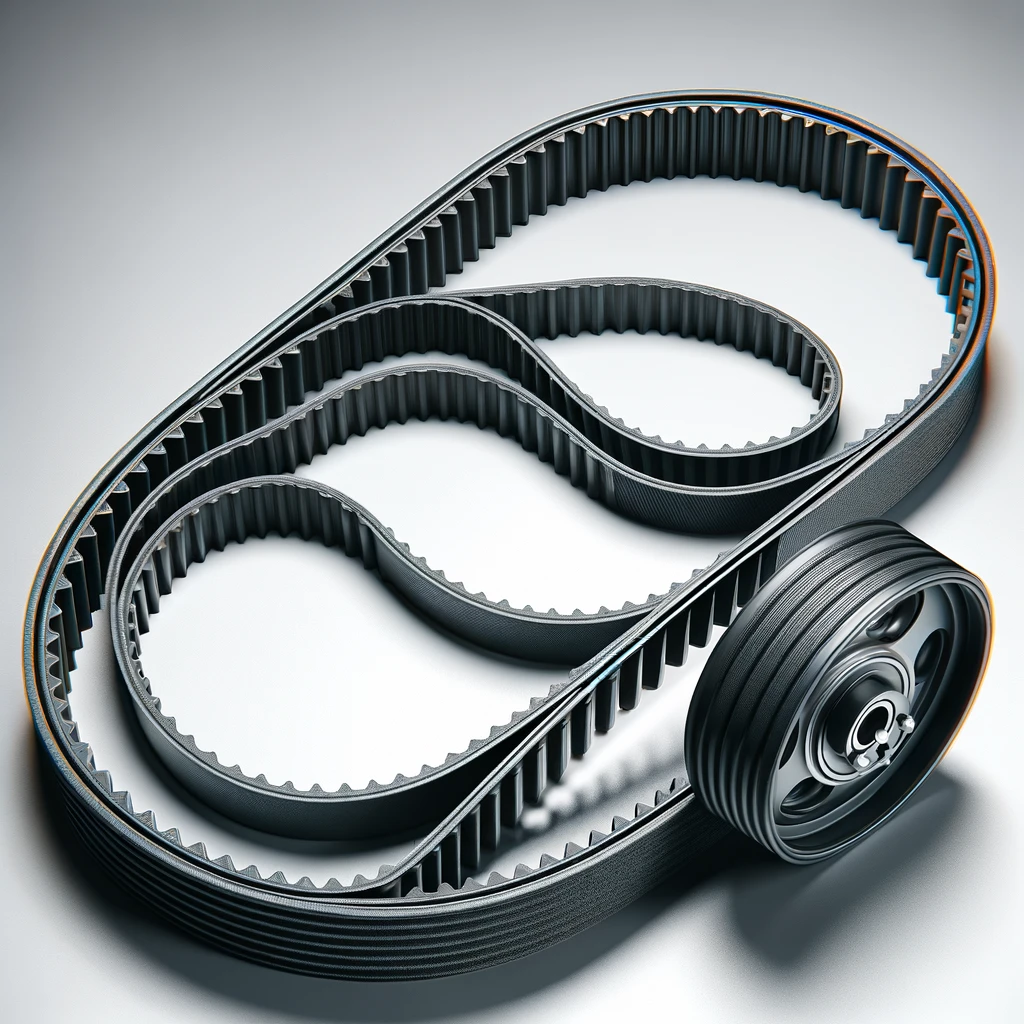 Auxiliary Drive Belt This rubber belt is the silent hero, transferring power from the engine to various components like the alternator and cooling fan, ensuring they all work in harmony.
Auxiliary Drive Belt This rubber belt is the silent hero, transferring power from the engine to various components like the alternator and cooling fan, ensuring they all work in harmony.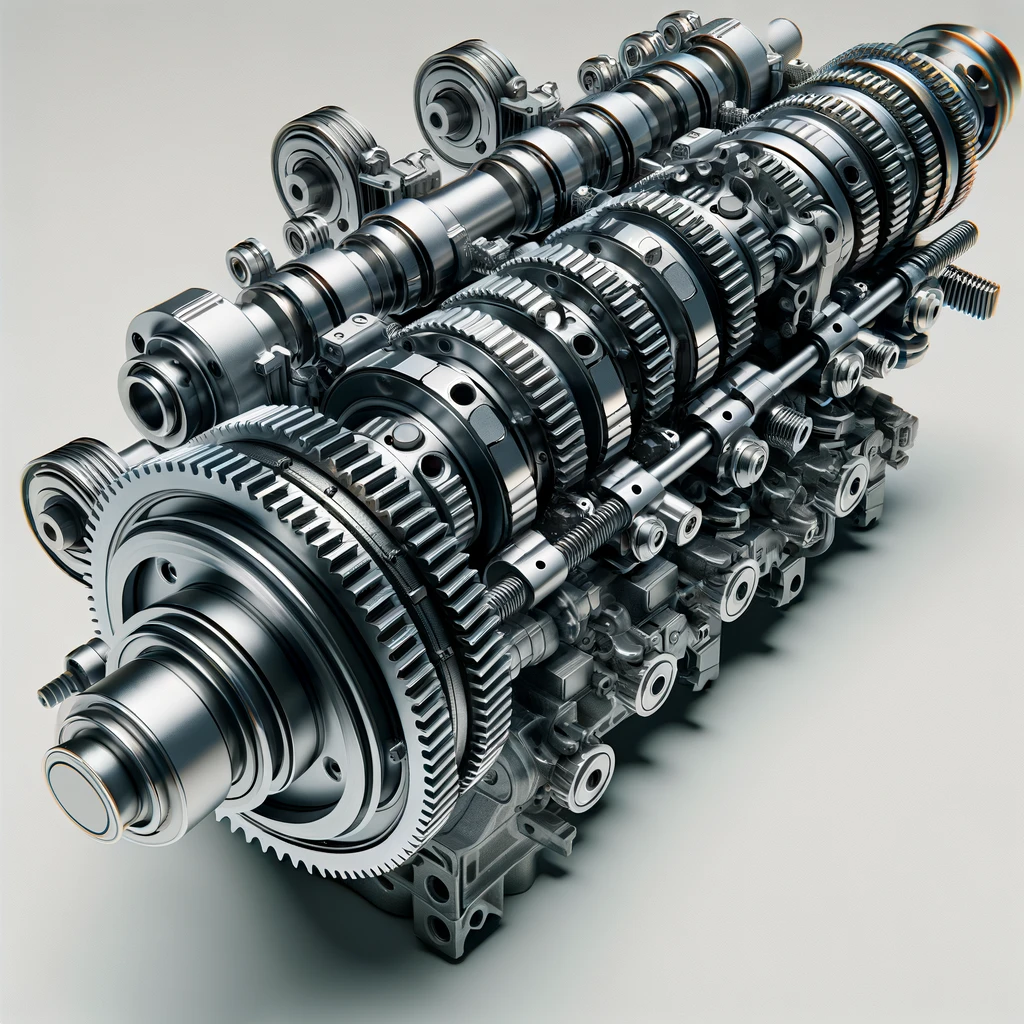 Camshaft Synchronizer A more common feature in older car models, it ensures precise timing of the ignition spark, critical for efficient engine performance.
Camshaft Synchronizer A more common feature in older car models, it ensures precise timing of the ignition spark, critical for efficient engine performance.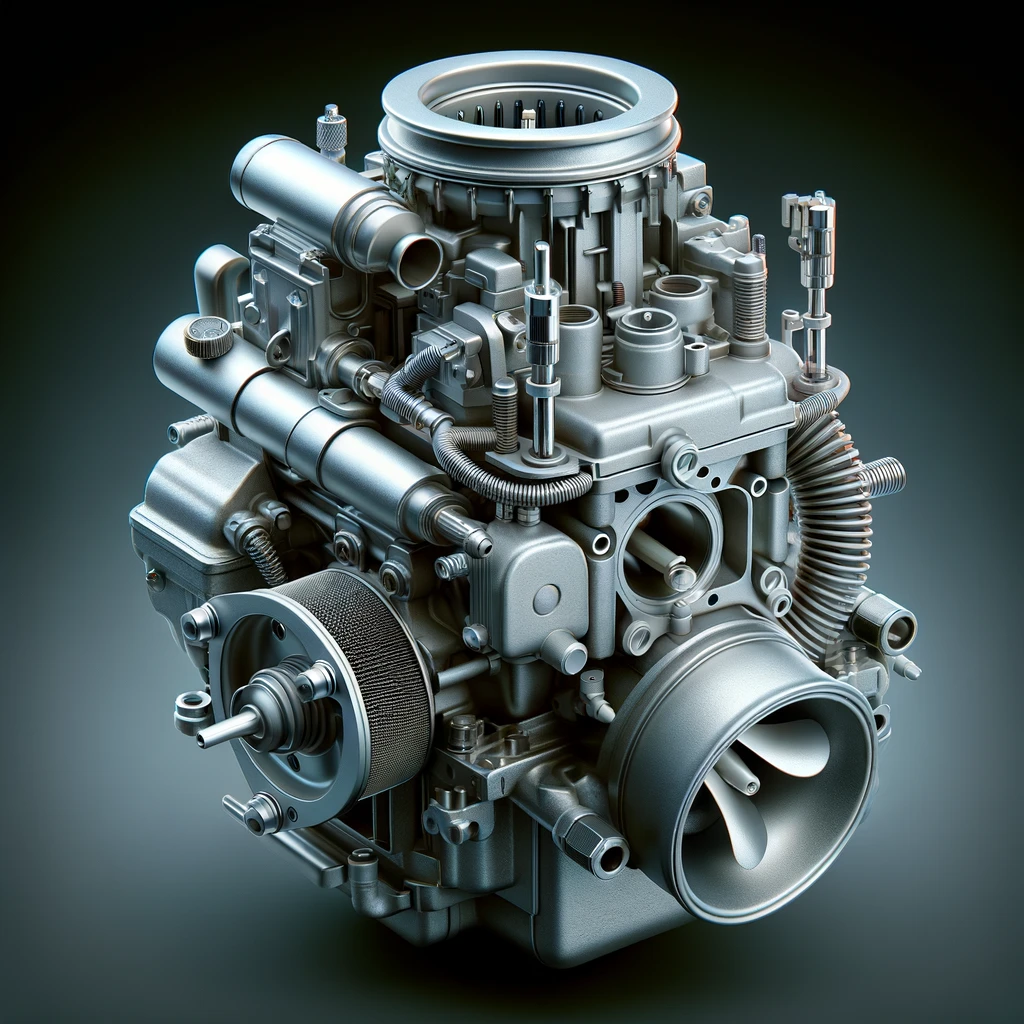 Carburetor (in older vehicles) This part mixes air and fuel in the right proportions for combustion. It's an orchestra conductor, ensuring the engine runs smoothly under different conditions.
Carburetor (in older vehicles) This part mixes air and fuel in the right proportions for combustion. It's an orchestra conductor, ensuring the engine runs smoothly under different conditions.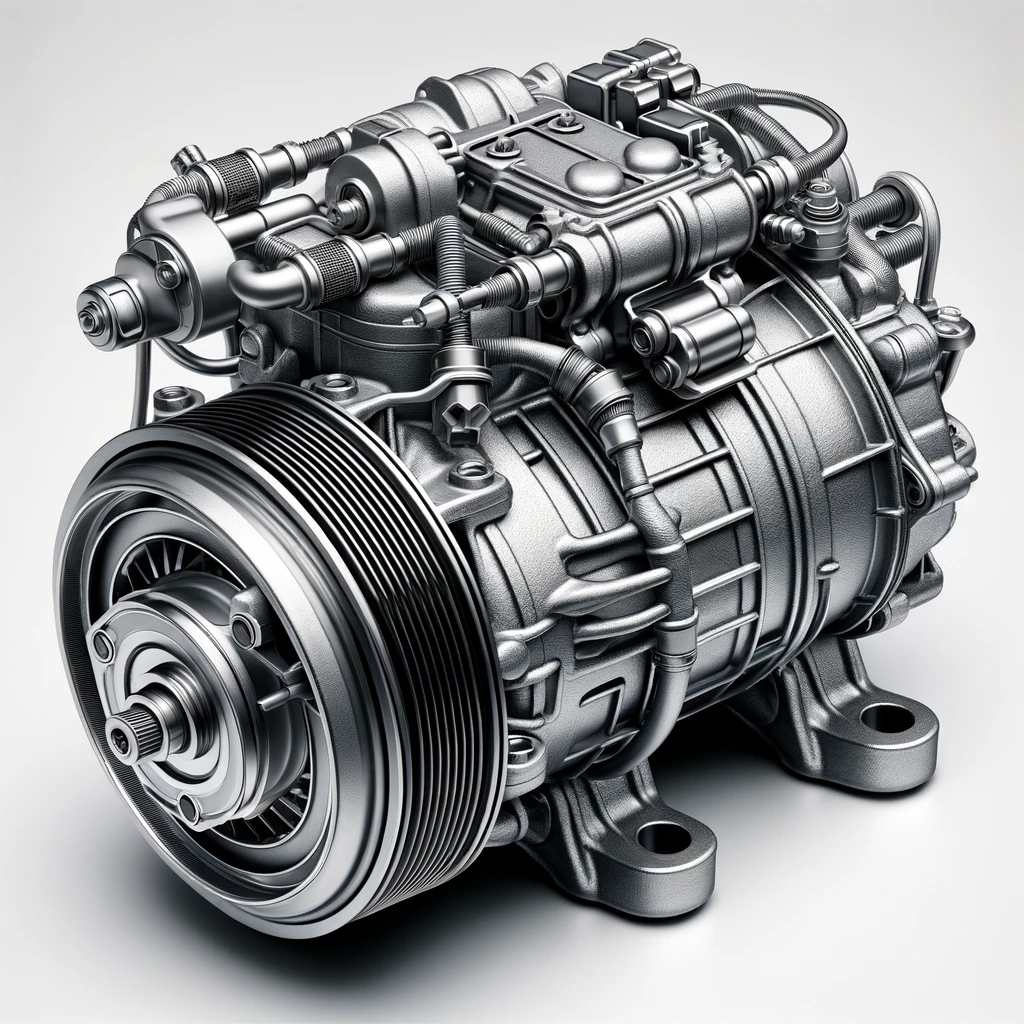 Compressor (in AC systems) It's the heart of your car's air conditioning system, keeping the cabin comfortable by regulating the temperature.
Compressor (in AC systems) It's the heart of your car's air conditioning system, keeping the cabin comfortable by regulating the temperature.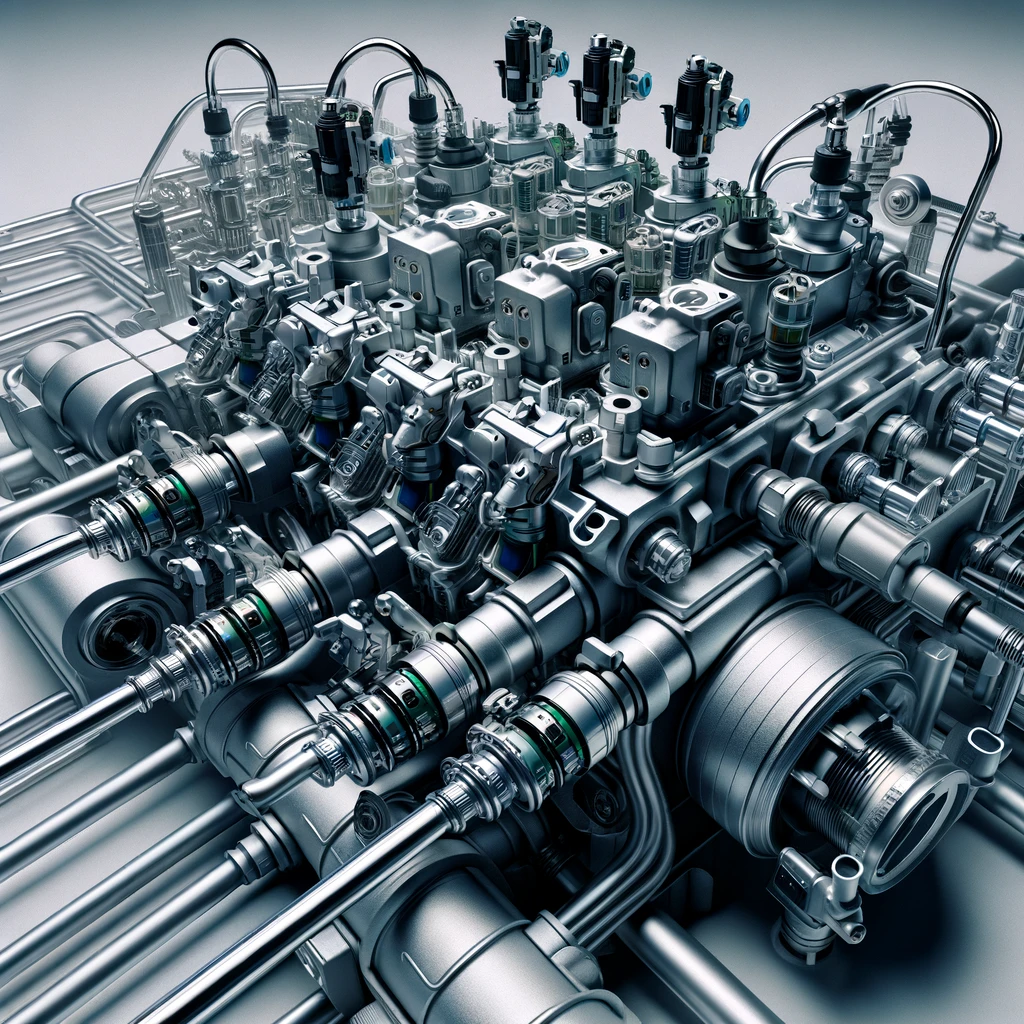 Direct Fuel Injection These modern marvels inject fuel directly into the cylinders, enhancing your car's power and fuel efficiency.
Direct Fuel Injection These modern marvels inject fuel directly into the cylinders, enhancing your car's power and fuel efficiency.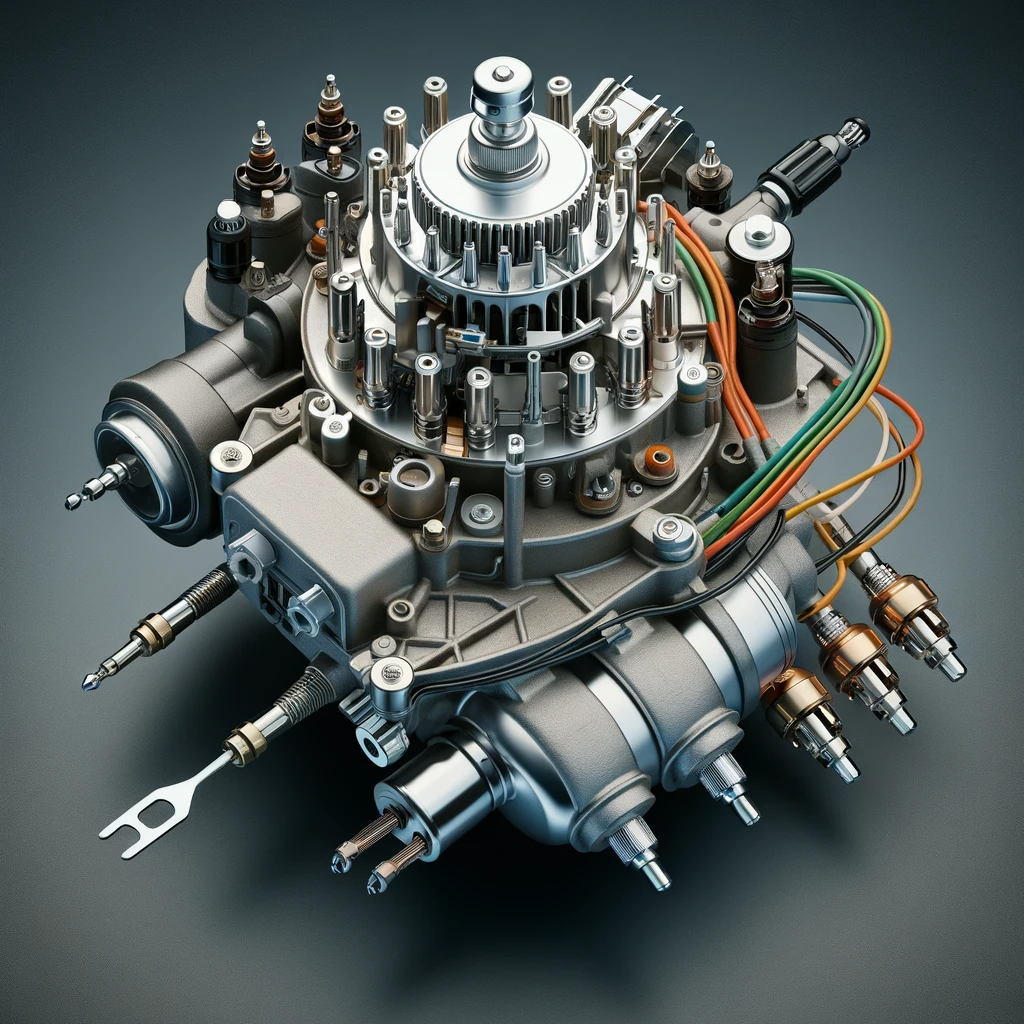 Distributor In gasoline engines, the distributor, with its rotating shaft, is responsible for timely electrical spark delivery to each cylinder. It operates in conjunction with a gear on the crankshaft or camshaft.
Distributor In gasoline engines, the distributor, with its rotating shaft, is responsible for timely electrical spark delivery to each cylinder. It operates in conjunction with a gear on the crankshaft or camshaft.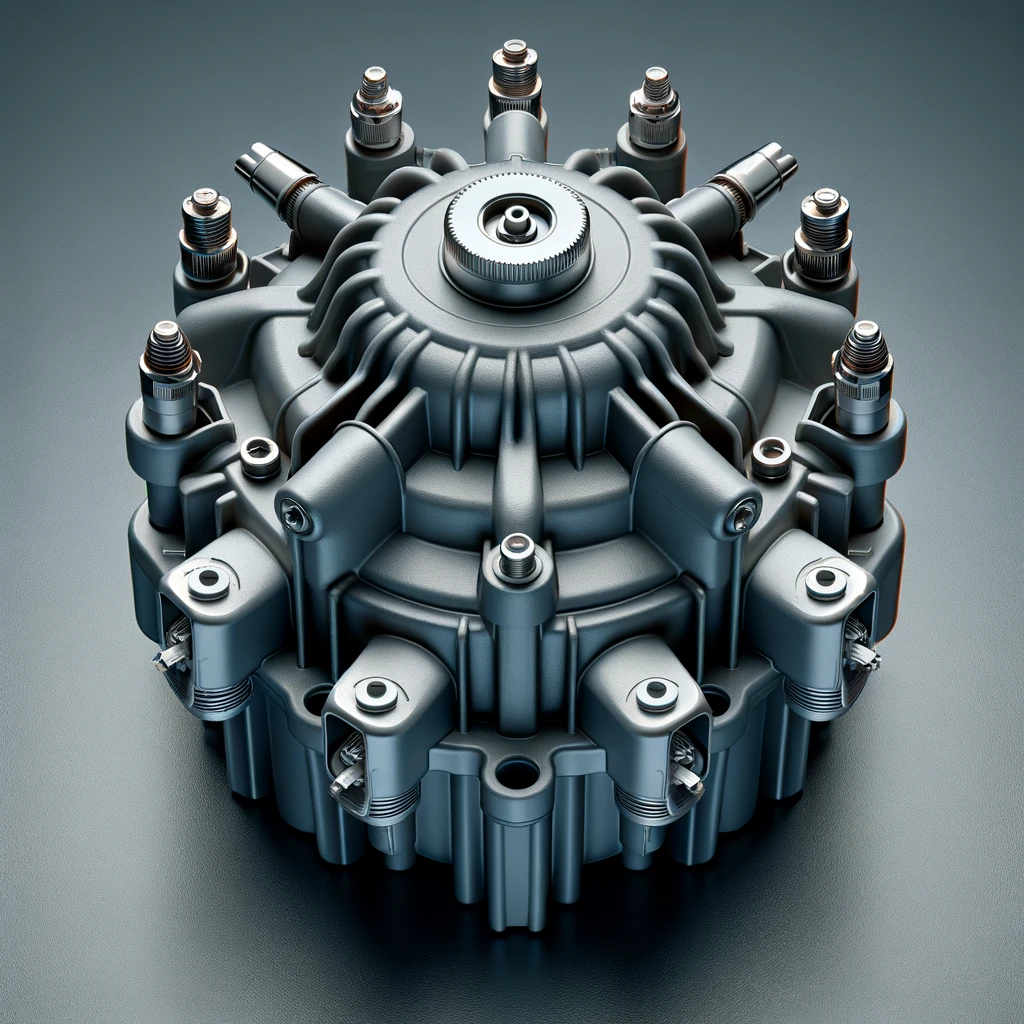 Distributor Cap Mounted atop the distributor, this component comprises terminals corresponding to the engine's cylinder count. It facilitates the transfer of electrical charge to the spark plug wires, critical for combustion.
Distributor Cap Mounted atop the distributor, this component comprises terminals corresponding to the engine's cylinder count. It facilitates the transfer of electrical charge to the spark plug wires, critical for combustion.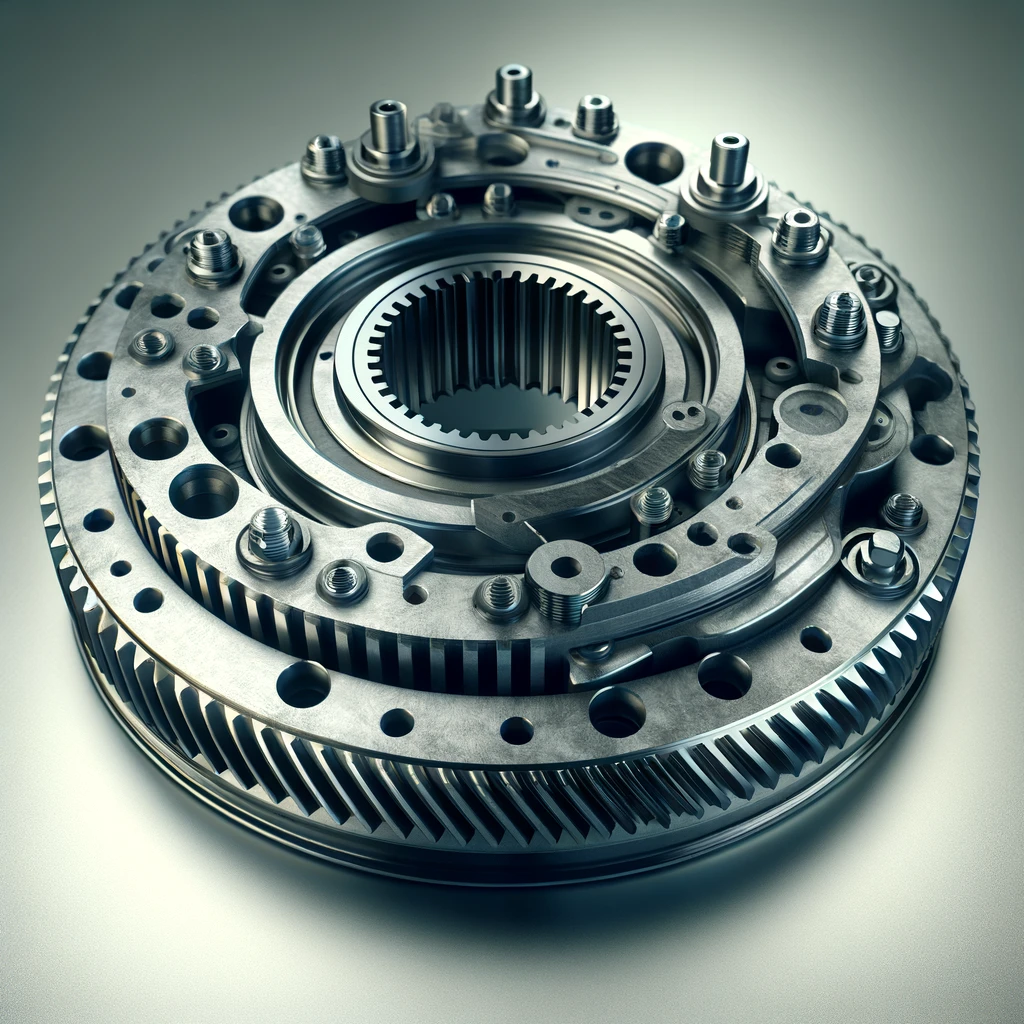 Flex Plate Specifically designed for vehicles with automatic transmissions, the flex plate connects to the engine crankshaft, aiding in engine start-up and synchronizing with the torque converter.
Flex Plate Specifically designed for vehicles with automatic transmissions, the flex plate connects to the engine crankshaft, aiding in engine start-up and synchronizing with the torque converter.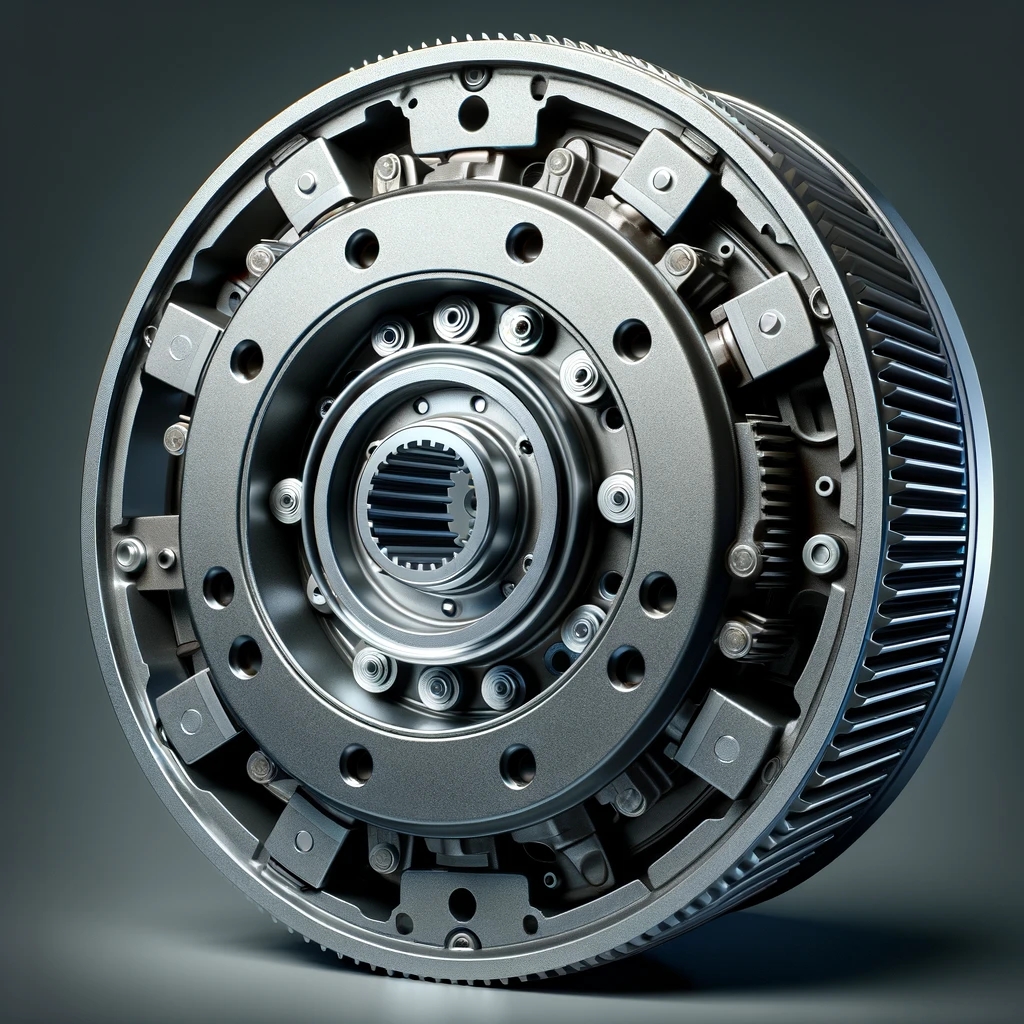 Flywheel A heavy metal disc located at the engine's rear, the flywheel is essential in manual transmissions for maintaining engine stability and interfacing with the clutch disc.
Flywheel A heavy metal disc located at the engine's rear, the flywheel is essential in manual transmissions for maintaining engine stability and interfacing with the clutch disc.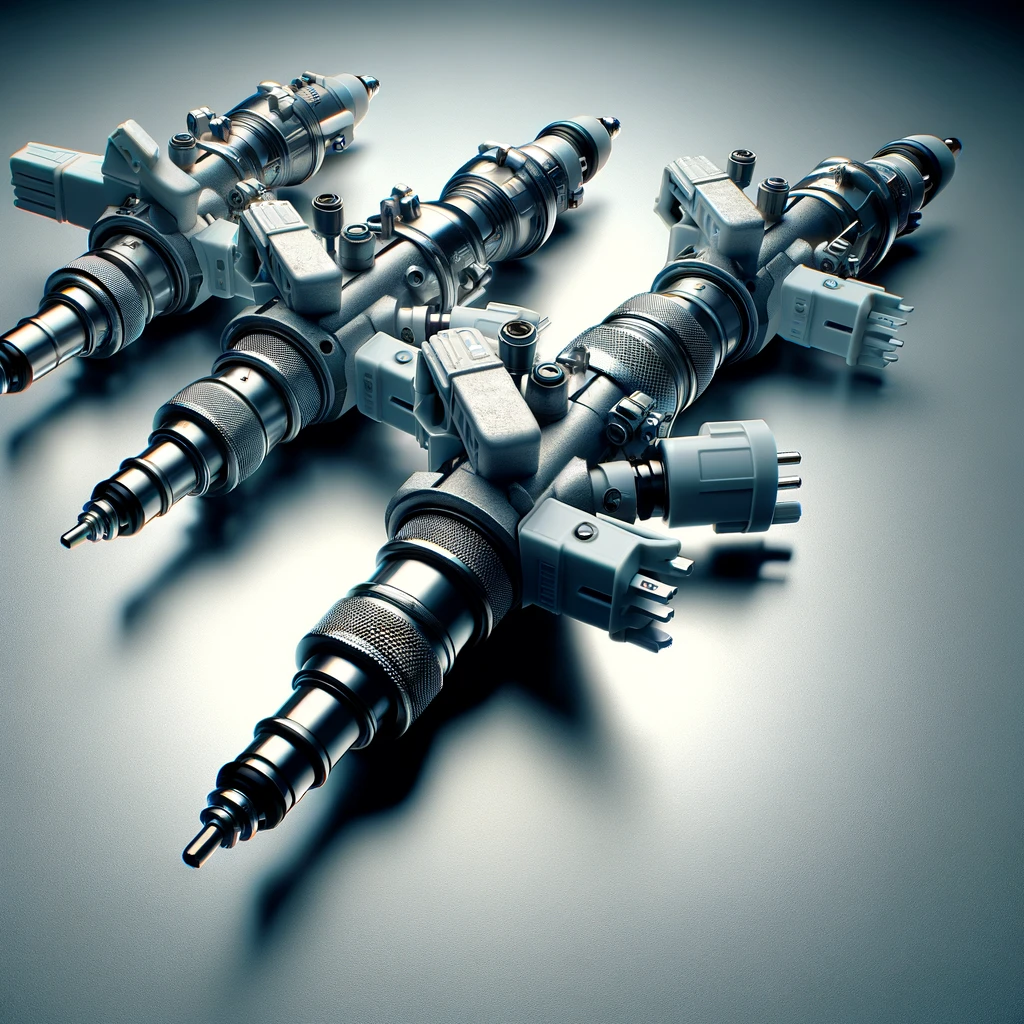 Fuel Injectors Mounted on the cylinder head, fuel injectors in fuel-injected engines precisely meter fuel into the intake manifold or cylinders, a crucial aspect of engine performance.
Fuel Injectors Mounted on the cylinder head, fuel injectors in fuel-injected engines precisely meter fuel into the intake manifold or cylinders, a crucial aspect of engine performance.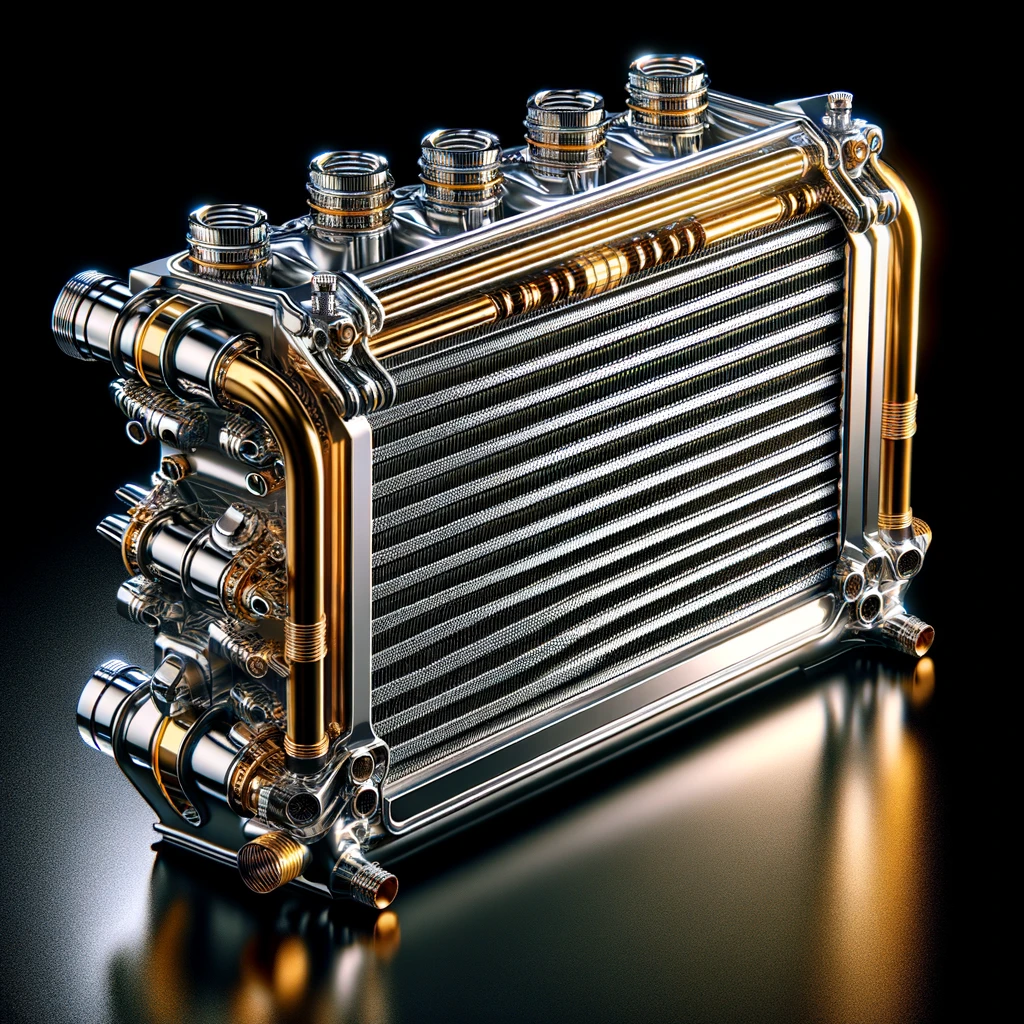 Intercooler Employed in turbocharged or supercharged engines, the intercooler functions as a heat exchanger, regulating the temperature of intake air to optimize engine efficiency.
Intercooler Employed in turbocharged or supercharged engines, the intercooler functions as a heat exchanger, regulating the temperature of intake air to optimize engine efficiency.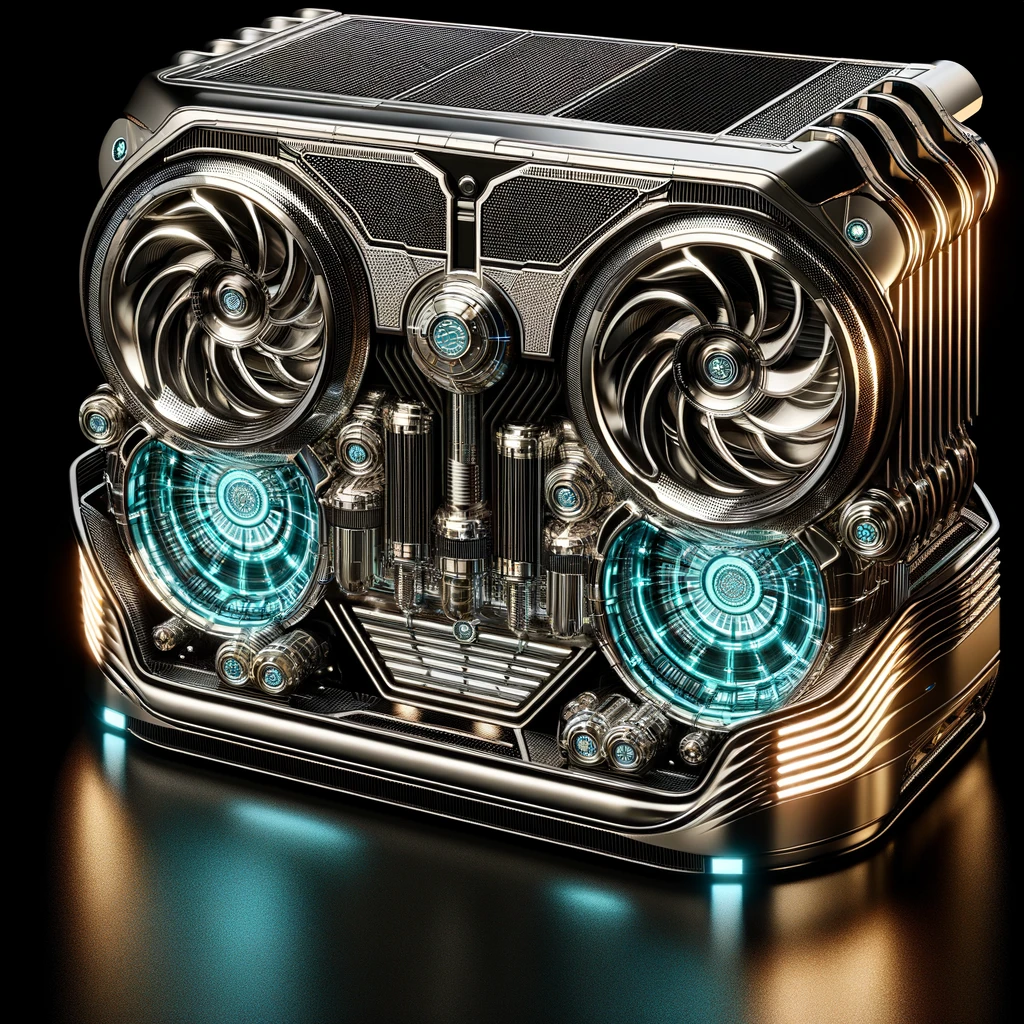 Oil Cooler Predominantly used in high-performance vehicles, the oil cooler is a heat exchanger that maintains optimal engine oil temperature, ensuring efficient engine operation.
Oil Cooler Predominantly used in high-performance vehicles, the oil cooler is a heat exchanger that maintains optimal engine oil temperature, ensuring efficient engine operation.
Conclusion
This document outlines key external engine components, providing a foundational reference for automotive professionals. It should be noted, however, that this list is not exhaustive. Many other minor and major components, unique to specific vehicle models and ages, exist within this domain. While a thorough understanding of these components is beneficial for preliminary diagnostics, complex engine issues should be addressed by qualified professionals, given the intricate nature of automotive systems.